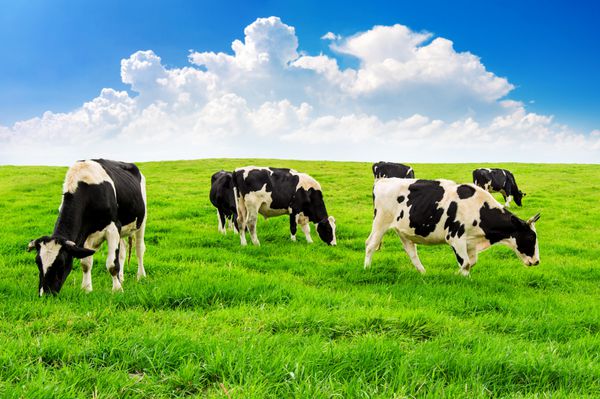The Evolution of Yield Estimation: From 305-ME to 305-AA
Historical Context
Since 1994, the U.S. dairy industry has relied on the 305-ME (Mature Equivalent) standard to estimate milk, fat, and protein yields. This approach standardized yields across varying lactation stages, geographic regions, and breeds by adjusting records to a 305-day lactation equivalent at mature status, typically between 61-86 months of age, regardless of the cow’s actual age.
However, as genetic selection has advanced, so too have cow maturity patterns. A pivotal study published in 1995 by Norman et al. in the Journal of Dairy Science highlighted how genetic selection impacts these patterns, setting the stage for further refinements in yield estimation.
The Transition to 305-AA
The culmination of the AGIL-CDCB study is the development of 305-AA (Age-Adjusted), a new yield estimation approach. Starting in June 2024, 305-ME will be officially discontinued, and 305-AA will become the standard for U.S. dairy cows. By August 2024, 305-AA will be integrated into CDCB’s genetic evaluations.
This new method adjusts yield estimates to a 305-day lactation standardized at 36 months of age, reflecting updated knowledge about factors affecting milk production.
What Remains Unchanged?
Some key components of the estimation methodology will stay the same:
- Milking Frequency: 305-AA continues to standardize lactation yields for twice-a-day milking.
- Days Open: The method for accounting for the interval between calving and conception remains unchanged.
Key Changes in 305-AA
The new system introduces notable updates to improve accuracy:
- Age Adjustments:
- 305-AA standardizes yields to a benchmark of 36 months, a departure from the broader 61-86 month range of 305-ME.
- This change provides a more relevant basis for evaluating younger cows, aligning with current breeding and management trends.
- Climate Adjustments:
- 305-AA accounts for five climate regions, ranging from the hottest to coldest areas in the U.S.
- The prior system used only three east-to-west geographical regions, which did not fully capture climatic variability.
- Breed Adjustments:
- Breed adjustments are now estimated alongside age-parity adjustments, reflecting the increased diversity in the dataset.
- Unlike the Holstein-dominated adjustments in 305-ME, the larger data pool enables fairer representation of smaller breeds, ensuring accurate evaluations for all dairy breeds.
Why the Change Matters
Accurate and relevant metrics are critical as dairy herds and management practices evolve. Tools like Net Merit $ (for genetic merit), Breed Age Average (for type conformation), and now 305-AA (for milk yield) empower producers to make informed decisions about breeding, culling, and herd management.



